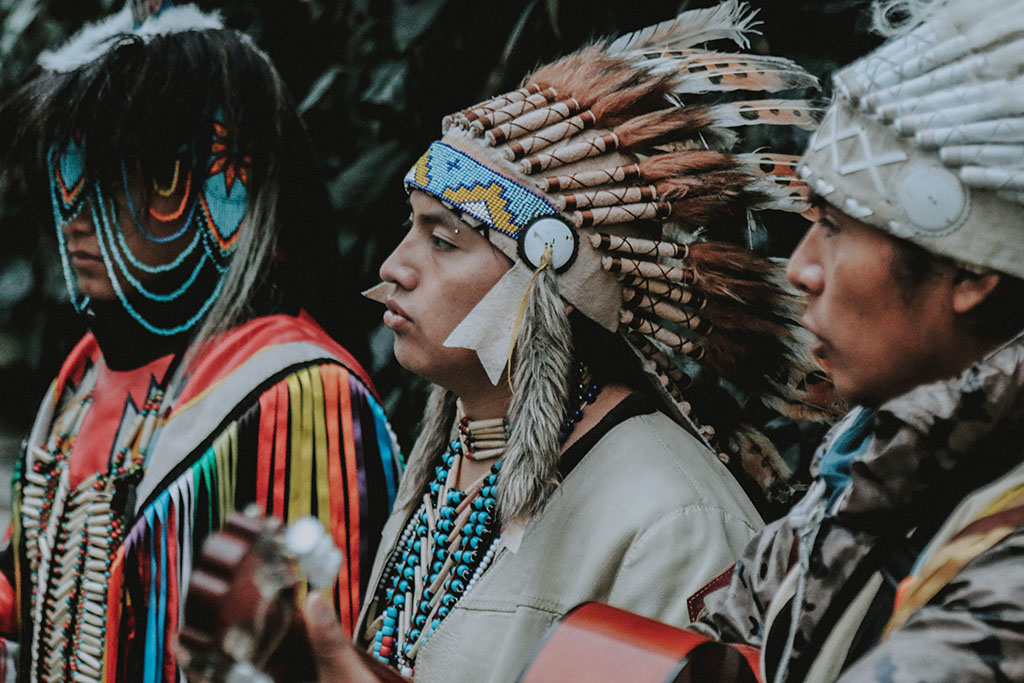Lost in Translation: The Battle to Keep Indigenous Languages Alive
Optimistic estimates suggest that at least 50% of today's spoken languages will be extinct or seriously endangered by 2100. More pessimistic but realistic estimates claim that 90-95% will become extinct or seriously endangered by the end of this century. Most of these languages are Indigenous languages. Humanity may well have only 300-600 oral languages left that are unthreatened by the end of this century.

United Nations Efforts for Language Revitalization
The United Nations has taken steps to address this issue, including the establishment of the International Decade of Indigenous Languages (2022-2032) to create sustainable changes in complex social dynamics for the preservation, revitalization, and promotion of Indigenous languages. This followed the International Year of Indigenous Languages in 2019, which aimed to draw attention to the critical loss of Indigenous languages and the urgent need to preserve them [1].
The Case of Native American Languages in the U.S.
In the United States, the situation is particularly dire for Native American languages. For instance, of the 115 Indigenous languages spoken in the U.S., 99% are in danger. There are 573 federally recognized tribes in the United States, most of which are battling language extinction. The federal government has allocated approximately $12 million annually since 2008 for tribes working to preserve their languages, but this funding is seen as insufficient considering the breadth of need [2].
The History of Language Erasure in the U.S.
Historically, the U.S. government has spent far more on erasing Native languages than saving them. During the Indian boarding school era (1877-1918), the U.S. allocated $2.81 billion (adjusted for inflation) to an educational system designed to assimilate Indigenous people into white culture and destroy Native languages. Since 2005, however, the federal government has only appropriated approximately $180 million for Indigenous language revitalization [2].
The Impact of Policies on Indigenous Education
The adverse impact of these policies on Indigenous education and language retention is significant. When Native American tribes had control over their schools, they had successful bilingual education systems. However, these were taken over by the U.S. government, which imposed an English-only system where Native children were punished for speaking their own languages. This system persisted into the 1970s [2].
The Legacy of Indian Boarding Schools
The Indian boarding schools, designed to assimilate Native Americans into white society and strip future generations of their culture, had a profound impact on language retention. An estimated one-third of all Native children were forced to attend these schools during the 19th and early 20th centuries. The underfunded schools often lacked basic food and medical care, and children were sometimes rented out for unpaid labor to help fund the schools [2].
Current Challenges for Language Revitalization
Today, many tribes continue to fight to save their languages, often facing significant obstacles. For example, the Sac and Fox Nation in Oklahoma had to close their adult language immersion program after the death of a fluent speaker and the exhaustion of grant funding from the Administration for Native Americans. Such hurdles highlight the need for more sustainable and reliable funding and support for language preservation efforts [2].
References
[1]:. "International Decade of Indigenous Languages 2022 – 2032"
[2]:. "The U.S. has spent more money erasing Native languages than saving them"
Leave a Reply